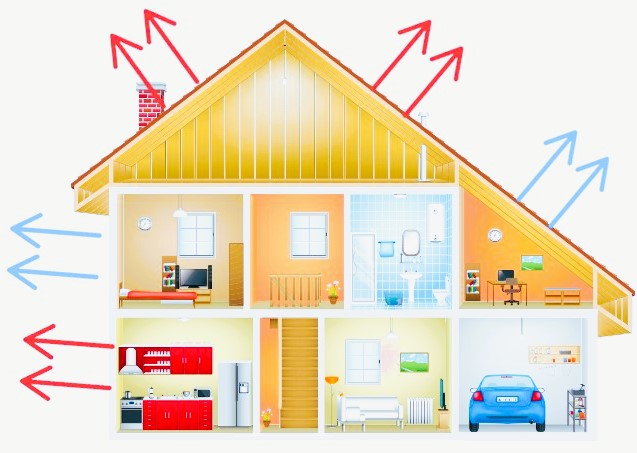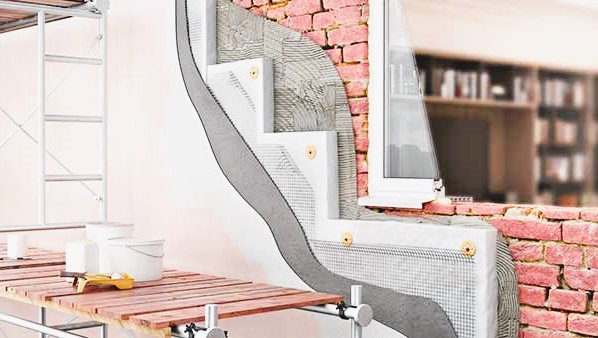In the cold Canadian climate, efficient heating is essential for maintaining comfortable indoor temperatures. However, even the most advanced heating systems can struggle to perform optimally if a home lacks proper insulation. Insulation is a critical element of energy-efficient heating, as it helps minimize heat loss, reduce energy consumption, and create a more comfortable living environment. In this article, we will explore the importance of insulation in energy-efficient heating systems in Canada.
1. Heat Loss and Energy Efficiency:
Inadequate insulation can result in significant heat loss from a home. Heat loss occurs through the walls, roof, floors, and windows, and it forces the heating system to work harder to compensate for the lost heat. This leads to increased energy consumption and higher heating costs. By insulating these areas, homeowners can reduce heat loss, improve energy efficiency, and save on heating expenses.
2. Reduction of Cold Drafts and Hot Spots:

Proper insulation helps eliminate cold drafts and hot spots within a home. Insulation acts as a thermal barrier, preventing cold outdoor air from infiltrating the living space and hot indoor air from escaping. This creates a more consistent and comfortable temperature throughout the house, eliminating cold spots near windows or poorly insulated areas. It also minimizes the need for excessive heating, promoting energy savings and improved comfort.
3. Moisture Control and Condensation Prevention:
Insulation plays a vital role in moisture control and condensation prevention. In colder climates, temperature differences between the indoor and outdoor environments can cause condensation on walls, windows, and other surfaces. Excessive condensation can lead to mold growth, wood rot, and structural damage. Insulation helps maintain a consistent temperature, reducing the risk of condensation and preserving the integrity of the building materials.
4. Sound Insulation:
In addition to thermal benefits, insulation provides sound insulation, reducing the transmission of noise from outside and between rooms. Insulated walls, floors, and ceilings can help create a quieter and more peaceful indoor environment, improving overall comfort and well-being. Eco-friendly flooring options, a few examples in this article.
5. Types of Insulation:
There are various types of insulation available for different areas of the home, each with its unique characteristics and applications. Common types of insulation include:
- Fiberglass Insulation: Made of fine glass fibers, fiberglass insulation is a popular choice for walls, attics, and floors. It provides excellent thermal resistance, is cost-effective, and widely available.
- Cellulose Insulation: Composed of recycled paper or plant fibers, cellulose insulation offers good thermal performance and soundproofing capabilities. It is often used in wall cavities and attics.
- Spray Foam Insulation: This type of insulation is applied as a liquid that expands and hardens, creating an airtight seal. Spray foam insulation is ideal for sealing gaps and hard-to-reach areas, providing superior thermal resistance and air sealing properties.
- Rigid Foam Insulation: Rigid foam boards are used for insulating foundations, exterior walls, and roofs. They offer high thermal resistance, moisture resistance, and durability.

6. Building Codes and Standards:
In Canada, building codes and standards are in place to ensure that insulation installations meet minimum requirements for energy efficiency and safety. The Standards Council of Canada (SCC) and Natural Resources Canada (NRCan) provide guidelines and regulations for insulation materials and installation practices. Adhering to these standards helps homeowners achieve optimal energy efficiency and comply with local building codes.
For more information on insulation and energy efficiency, you can refer to the Wikipedia page on building insulation.
Insulation is a key element of energy-efficient heating in Canada. By investing in proper insulation, homeowners can reduce heat loss, enhance energy efficiency, and create a more comfortable and sustainable living environment. Whether you’re constructing a new home or upgrading an existing one, prioritizing insulation will contribute to long-term energy savings, lower heating costs, and a greener future.
